Sometimes our hands know exactly what to do, if only we'd let them, says the Japanese artist

A major fear that players often face is of fast passages. Demons interfere with the unconscious ability our hands have to do the job we have trained them to do.
I have discovered that there are several aspects involved in developing facility and the confidence to play quickly so that these doubts don't even arise.
First, let us look at the position of the hands. I believe balance at the cello is important: the two hands have a similar shape and must work as a team. Left-hand placement should be exactly the same as the right hand, the fingers forming a circle or egg shape with the thumb underneath.
The two hands should look identical, the left hand mimicking the right. They work as a team and each should possess the same type of energy. The left hand should be loose.
To fight tension you must have a sense that air can pass through your hand; it should feel open. I use a slightly slanted position in the left hand - not too square - with my palm slightly facing the floor. This way the hand remains in the same shape in all positions, which is very efficient.
Correct finger action is also important for facility. You will often hear me preach to my students; 'Avoid hitting the fingerboard or merely placing the fingers: drop them.'
Fingers should follow Newton's Universal Law of Gravitation, beginning slowly and speeding up as gravity causes them to accelerate towards the fingerboard. The speed at impact is the highest: this gives clarity to the sound. Instead of lifting the fingers vertically between notes, I pull my fingers off sideways, making a little plucking sound.
The gesture of each finger is therefore a little circle as it returns to the starting position above the string. I don't let my fingers curl all the way back into a fist but make sure that they are prepared by being over the string.
I am careful using extensions; they can freeze the left hand. My teacher, Hideo Saito, had us do many extension exercises, since we Japanese have rather small hands, while my other teacher, Janos Starker, tried to avoid them. My opinion is that extensions are practicable as long as you release the tension caused by stretching the hand. Once a note has sounded I stop pressing down on the string, releasing the pressure: overtones sound more pleasing to the ear than if you try to maintain the note using force through the finger. Even in extended positions you must consistently let go of tension.
Take, for example, a D major scale. I would practise playing the scale slowly, releasing the tension after each finger goes down. I would feel the energy and power in the first-finger D then relax before putting down the second-finger E. The whole hand should be free, flexible and resilient. In facf for me, resiliency and flexibility are the key words.
Years ago I met Rostropovich in Japan when he was on his first tour from the Soviet Union. I played Tchaikovsky's Rococo Variations for him and he then asked me to play a scale. I couldn't, as I had never felt it was important to practise them. He sat and played etude after etude for me, from memory. This changed my mind - learning scales and memorising etudes is vital.
Because of that failure I emphasise this to students: scales are the basis of all technique, especially when gaining facility. To improve confidence at the fingerboard, practise scales with different rhythms, tempos and bowings, in sixths, thirds and octaves. I try to change fingerings and patterns as much as possible, since the fingering that works best for a difficult passage in a piece or concerto may not occur in regular scale systems, so it is best to play with all the different possibilities.
I use studies by Bazelaire, Feuillard, Starker, Duport, Popper and Piatti. These help the left and right hands. Students like to play pieces, but they have to learn exercises first! Also, I work with the metronome. This is good for the left hand as well as the music, and it gives a sense of control. I don't believe in metronomic control, but working with the metronome can help develop speed.
Everyone has the ability to play quickly, but it must be discovered and developed. It is not only a matter of moving quickly, but also of forming a sense of anticipation and the ability to think quickly. As an example, when learning the second movement of the Elgar Concerto I suggest starting by concentrating on each beat. As you gain confidence think about larger units to get the bigger picture.
Playing small groups will give the appearance that you are struggling and the phrase won't sound smooth to the audience. When you think of six- or eight-note groups, apply energy to the beginning of each group instead of equal emphasis on every note all the way through, which will only tire you. You must feel light and relaxed.
I like to emphasise using the whole body, not just the arm or hand. Don't spend too much time just thinking about the left hand. Make music!
This article was first published in The Strad's December 2003 issue.


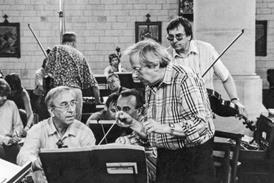
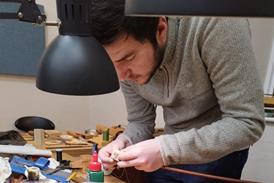
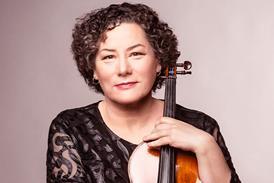
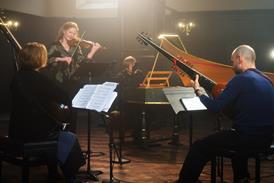
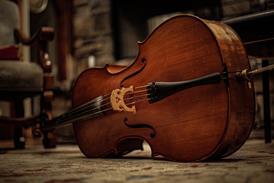




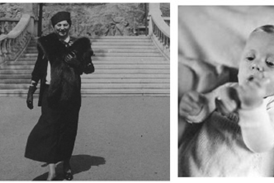
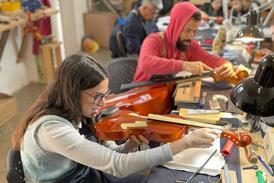
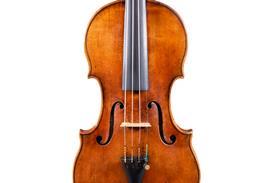
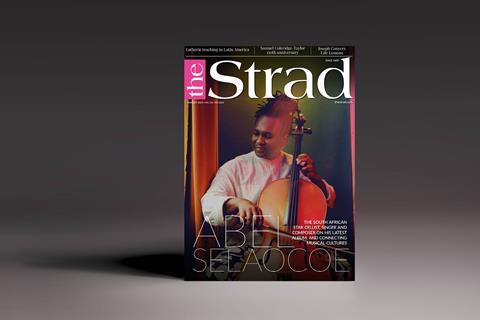







































No comments yet